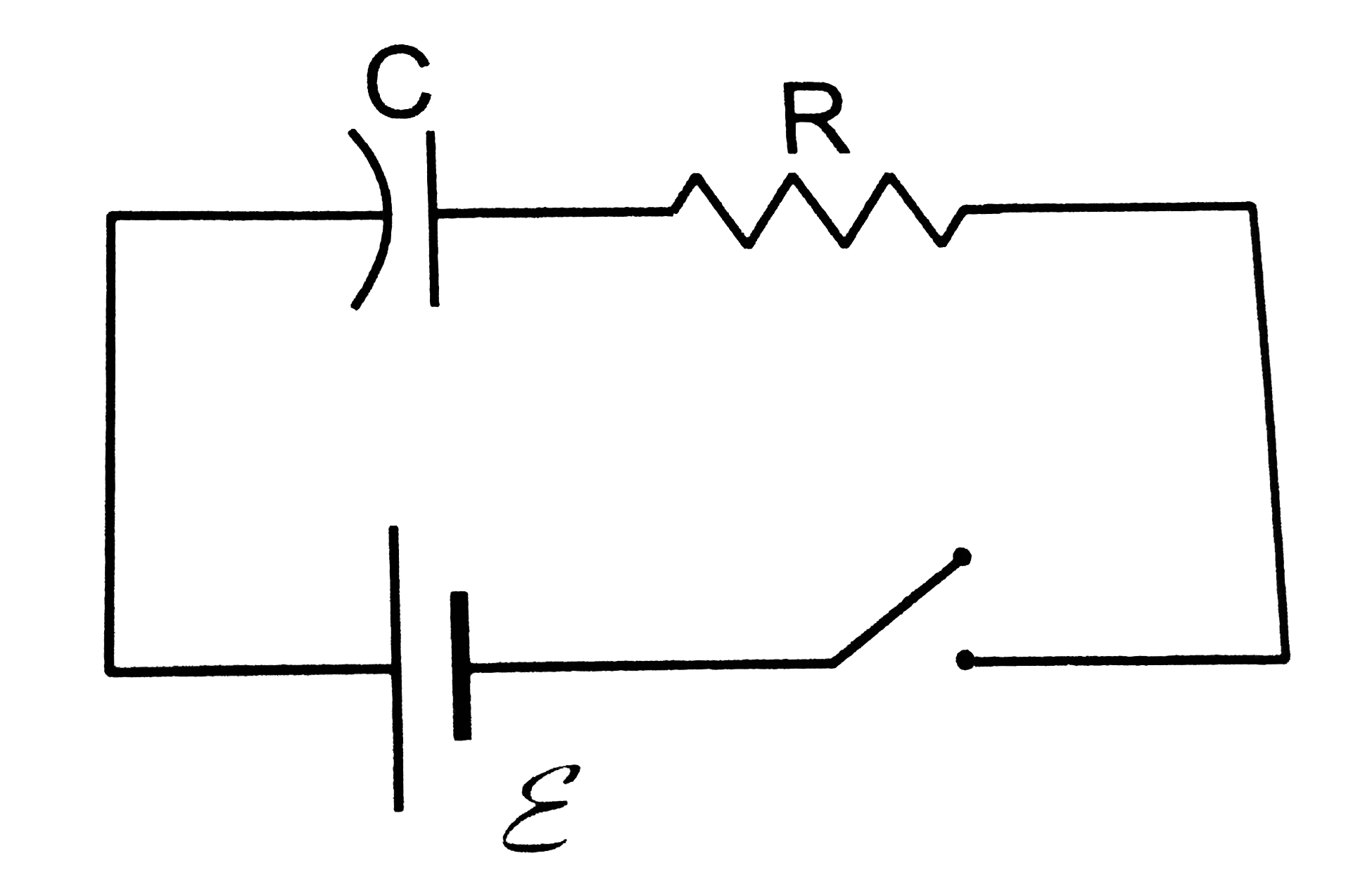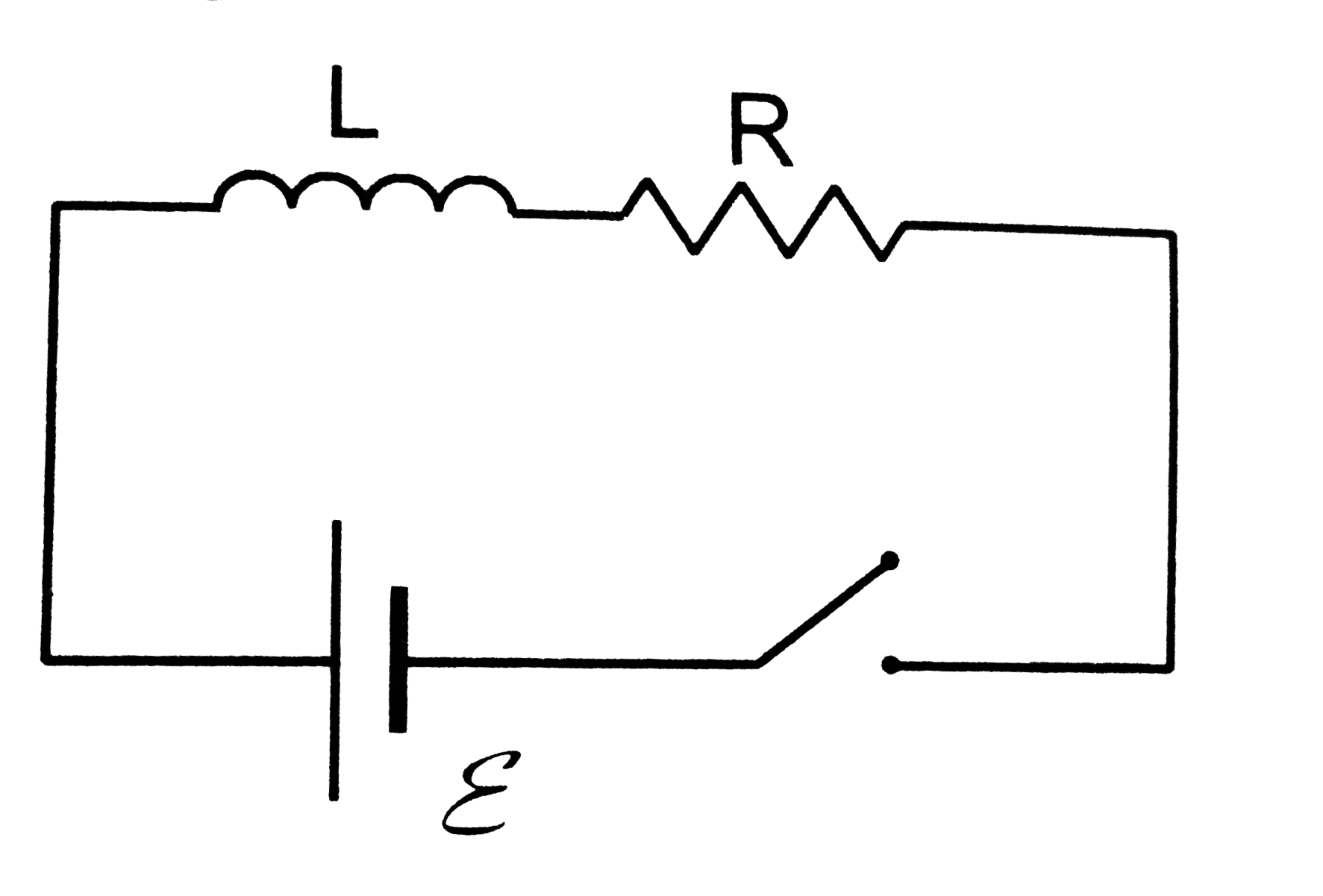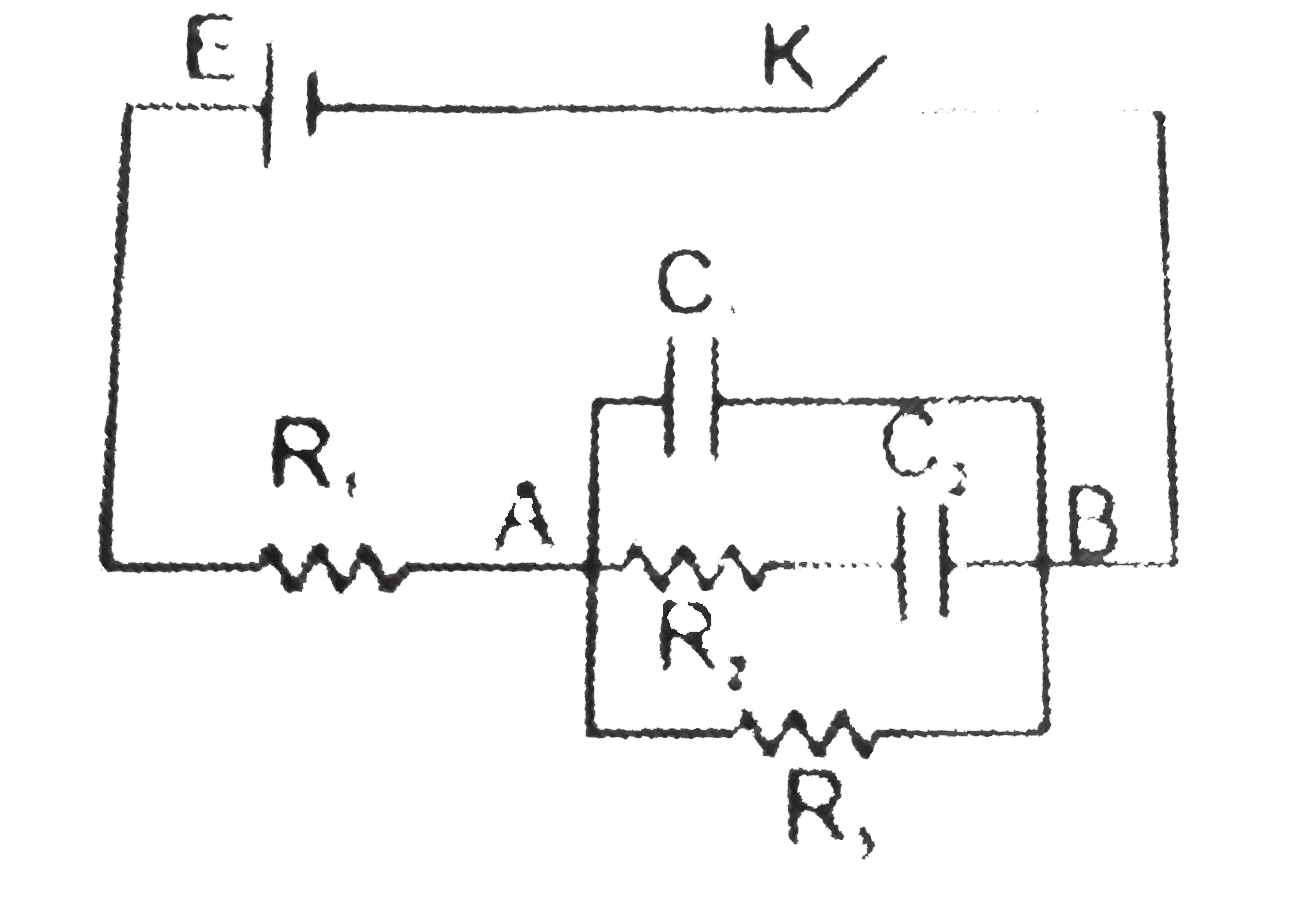Why a dry cell becomes dead after a long time even if it is not used ?
Step-by-Step Solution:
1. Understanding the Composition of a Dry Cell:
A dry cell consists of an electrolyte, which is typically a mixture of ammonium chloride (NH4Cl) and zinc chloride (ZnCl2), along with a zinc container that acts as the anode and a carbon rod as the cathode.
2. Role of Electrolytes:
The electrolyte in the dry cell facilitates the movement of ions. Even when the cell is not in use (not connected to a circuit), chemical reactions can still occur within the cell due to the presence of the electrolyte.
3. Internal Resistance:
Every dry cell has some internal resistance. This internal resistance leads to a voltage drop within the cell, even when it is not being used. The internal resistance causes a small amount of current to flow, which can lead to gradual depletion of the reactants.
4. Chemical Reactions:
Over time, the chemical reactions within the cell can lead to the formation of products that consume the reactants. For instance, the ammonium ions (NH4+) can react with the zinc, leading to corrosion of the zinc container.
5. Corrosion of the Zinc Container:
The presence of NH4Cl makes the environment acidic, which can corrode the zinc container. This corrosion further reduces the amount of zinc available for the electrochemical reactions, leading to the eventual failure of the cell.
6. Final Outcome:
As a result of the internal resistance, ongoing chemical reactions, and corrosion of the zinc container, the dry cell becomes "dead" or unusable after a long period, even if it has not been used.
A dry cell consists of an electrolyte, which is typically a mixture of ammonium chloride (NH4Cl) and zinc chloride (ZnCl2), along with a zinc container that acts as the anode and a carbon rod as the cathode.
The electrolyte in the dry cell facilitates the movement of ions. Even when the cell is not in use (not connected to a circuit), chemical reactions can still occur within the cell due to the presence of the electrolyte.
Every dry cell has some internal resistance. This internal resistance leads to a voltage drop within the cell, even when it is not being used. The internal resistance causes a small amount of current to flow, which can lead to gradual depletion of the reactants.
Over time, the chemical reactions within the cell can lead to the formation of products that consume the reactants. For instance, the ammonium ions (NH4+) can react with the zinc, leading to corrosion of the zinc container.
The presence of NH4Cl makes the environment acidic, which can corrode the zinc container. This corrosion further reduces the amount of zinc available for the electrochemical reactions, leading to the eventual failure of the cell.
As a result of the internal resistance, ongoing chemical reactions, and corrosion of the zinc container, the dry cell becomes "dead" or unusable after a long period, even if it has not been used.
Topper's Solved these Questions
- BOOK - CENGAGE CHEMISTRY ENGLISHCHAPTER - NCERT BASED EXERCISEEXERCISE - Conductivity of Ionic Solutions8videos
NCERT BASED EXERCISE
- BOOK - CENGAGE CHEMISTRY ENGLISHCHAPTER - NCERT BASED EXERCISEEXERCISE - Chemical Kinetics (In -Text Questions)9videos
NCERT BASED EXERCISE
- BOOK - CENGAGE CHEMISTRY ENGLISHCHAPTER - NCERT BASED EXERCISEEXERCISE - Short Answer Type Questions(Electrochmical Cell)12videos
NCERT BASED EXERCISE
- BOOK - CENGAGE CHEMISTRY ENGLISHCHAPTER - GRIGNARD REAGENTS AND ORGANOMETALLIC REAGENTSEXERCISE - Exercises Archives (Linked Comprehension)1videos
GRIGNARD REAGENTS AND ORGANOMETALLIC REAGENTS
- BOOK - CENGAGE CHEMISTRY ENGLISHCHAPTER - NUCLEAR CHEMISTRYEXERCISE - Archives Subjective13videos
NUCLEAR CHEMISTRY
Similar Questions
Knowledge Check
- Question 1 - Select One
Assertion : Spring balances show correct readings even after they had been used for a long time interval.
Reason : On using for long time, spring balances losses its elastic strength.ABoth assertion and reason are true and the reason is the correct explanation of the assertionBBoth assertion and reason are true but the reason is not the correct explanation of the assertionCThe assertion is true but the reason is falseDThe assertion is false but the reason is true - Question 2 - Select One
Cells of tracheary elements (trcheids and vessels) become dead at maturity and lose their protoplasm due to the deposition of lignocellulosic cell wall thickenings. This is an example of
AgrowthBdifferentiationCdedifferentitationDredifferentiation
The switches in figure and are closed at =0 and reopended after a long time at t=t0.

 View Solution
View SolutionThe switches in figure and are closed at =0 and reopended after al long time at t=t0.

 View Solution
View SolutionWhy the cell stops working after some time?
View SolutionNumber of brain cells that become dead at the age of 70 years constitute
View SolutionExplain why :
If distilled water is kept in a sealed bottle for a long time, it leaves etchings on the surface of the glass.View SolutionA network of uncharged capacitors and resistances is as shown

Current through the battery immediately after key K is closed and after a long time interval is :View Solution

